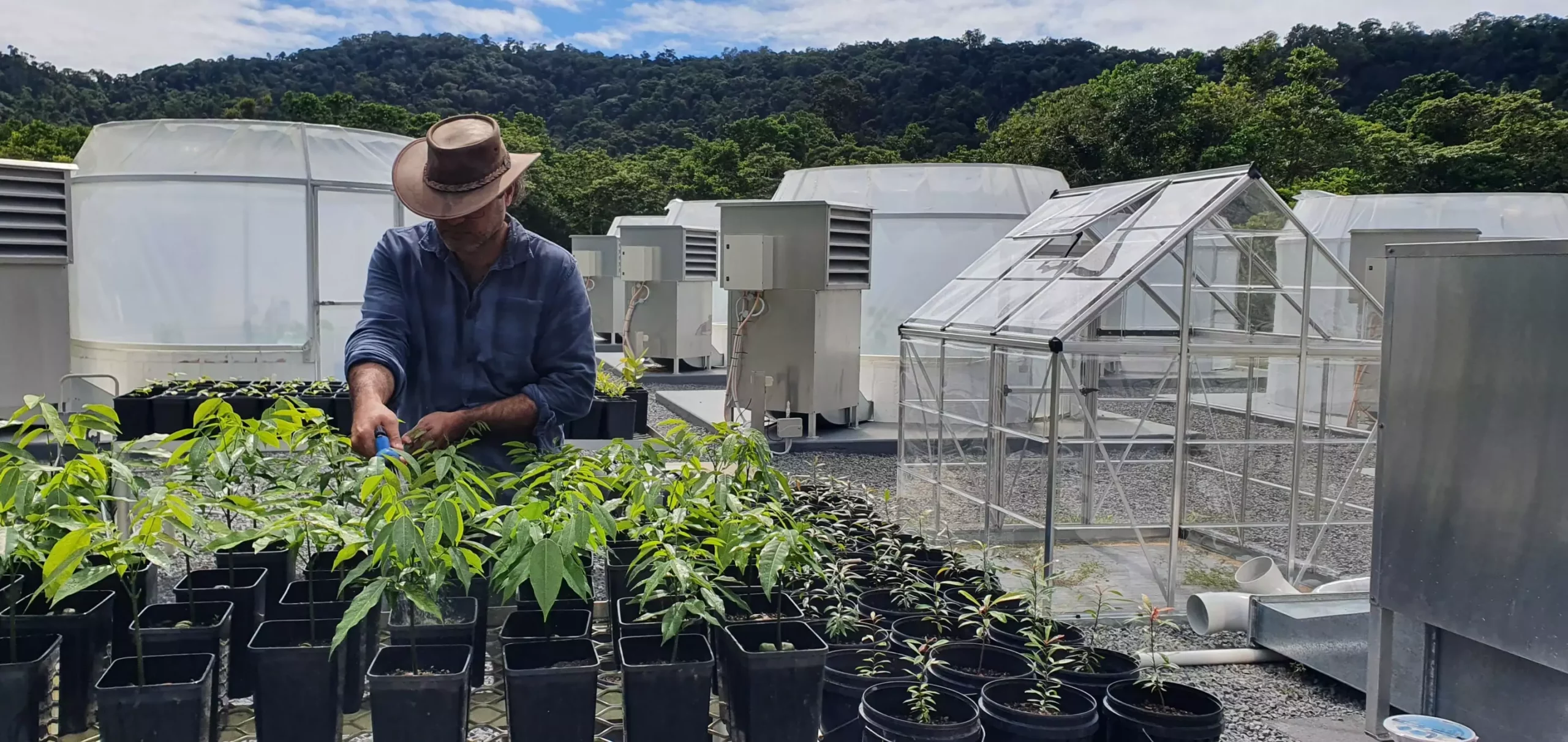Ozone gas plays a complex dual role in our atmosphere. While the stratospheric ozone layer serves as our natural shield against intense ultraviolet radiation, ground-level ozone is a different story. This pollutant, a byproduct of industrial activities and transportation, wreaks havoc on plant life, particularly in tropical forests. New research indicates that this harmful gas is associated with a significant decline in the ability of these vital ecosystems to absorb carbon dioxide, leading to an estimated loss of 290 million tonnes of carbon capture each year.
Tropical forests are often dubbed the planet’s lungs because they absorb a massive amount of carbon dioxide from the atmosphere. However, this important ecosystem is experiencing adverse impacts due to pollution. A study recently published in the journal Nature Geoscience reveals that ground-level ozone reduces yearly growth in tropical forests by an average of 5.1%. Certain regions, especially in Asia, are witnessing even more dramatic losses, with new growth rates falling by 10.9%. This has serious implications, as the ability of these forests to act as carbon sinks diminishes, exacerbating global warming concerns.
Dr. Alexander Cheesman, a co-lead author of the study, emphasizes the importance of tropical forests in mitigating climate change. He asserts that air pollution, particularly from ozone, threatens this essential function. Since 2000, the cumulative impact of ground-level ozone emissions has resulted in a staggering 17% decrease in carbon removal capabilities of tropical forests. This raises alarms about how critical environmental policies need to be reinforced and expanded. The vital service provided by these forests in capturing carbon dioxide is being undermined by increasing ozone levels.
Research Methodology and Findings
To arrive at these conclusions, the researchers undertook extensive experiments that measured how various tropical tree species respond to ozone exposure. The results of these experiments were then integrated into a sophisticated computer model that simulates global vegetation dynamics. Such rigorous analysis provides a clearer understanding of the vulnerability of these ecosystems under current and future conditions.
Alarmingly, experts project that ozone levels will continue to rise due to increased emissions of precursor pollutants, such as nitrogen oxides, stemming from urbanization and industrial expansion. Dr. Flossie Brown, another co-lead author, notably points out that areas earmarked for future forest restoration efforts, which are crucial for combating climate change, are especially vulnerable to elevated ozone levels.
Mitigating the effects of ground-level ozone on tropical forests is imperative for sustaining these ecosystems’ capacity to sequester carbon. This research serves as a crucial reminder of the interconnectedness of pollution, forest health, and climate action. The future of our planet hinges on recognizing these complex relationships and taking decisive steps to protect our natural resources.

